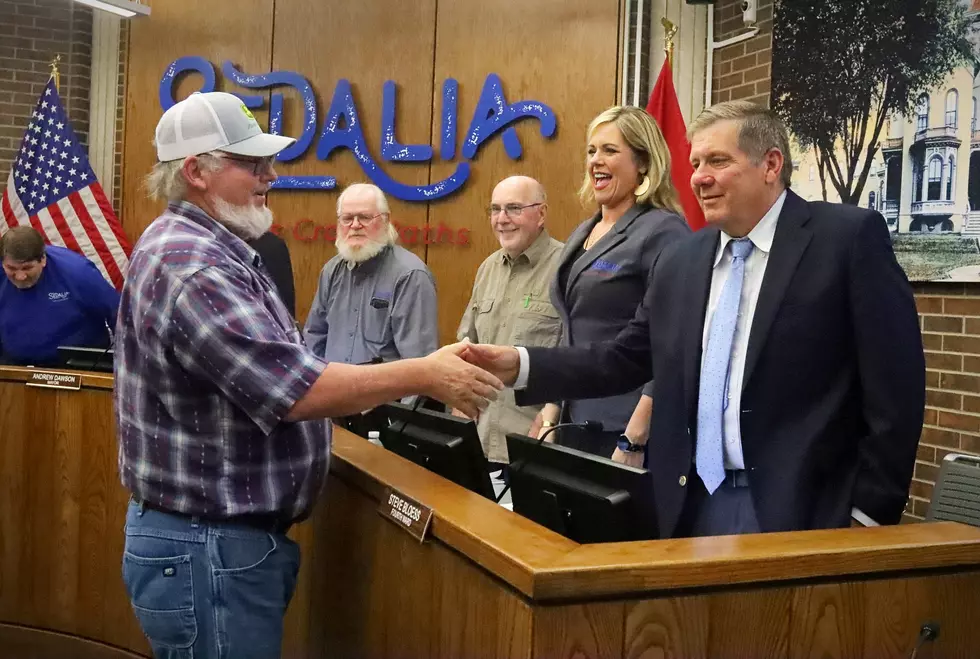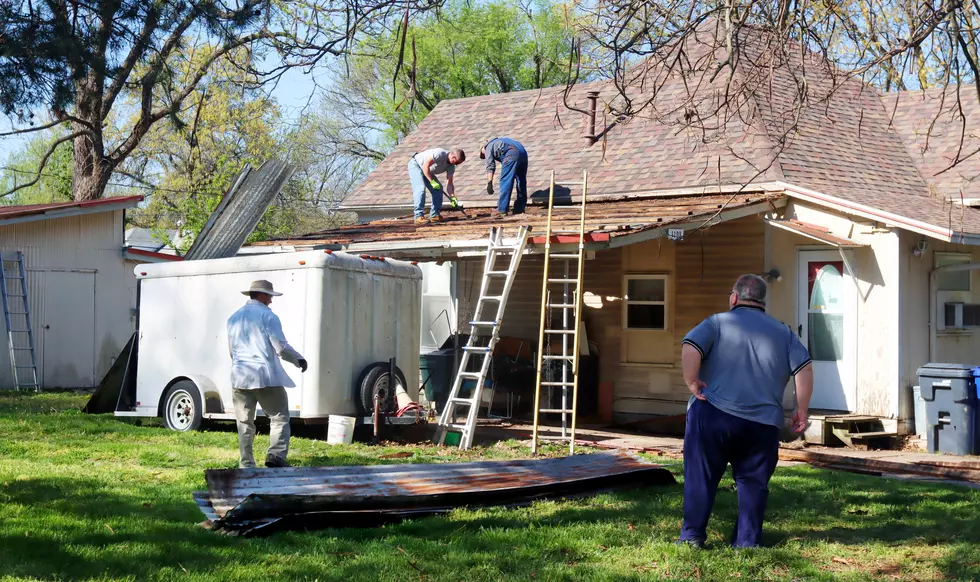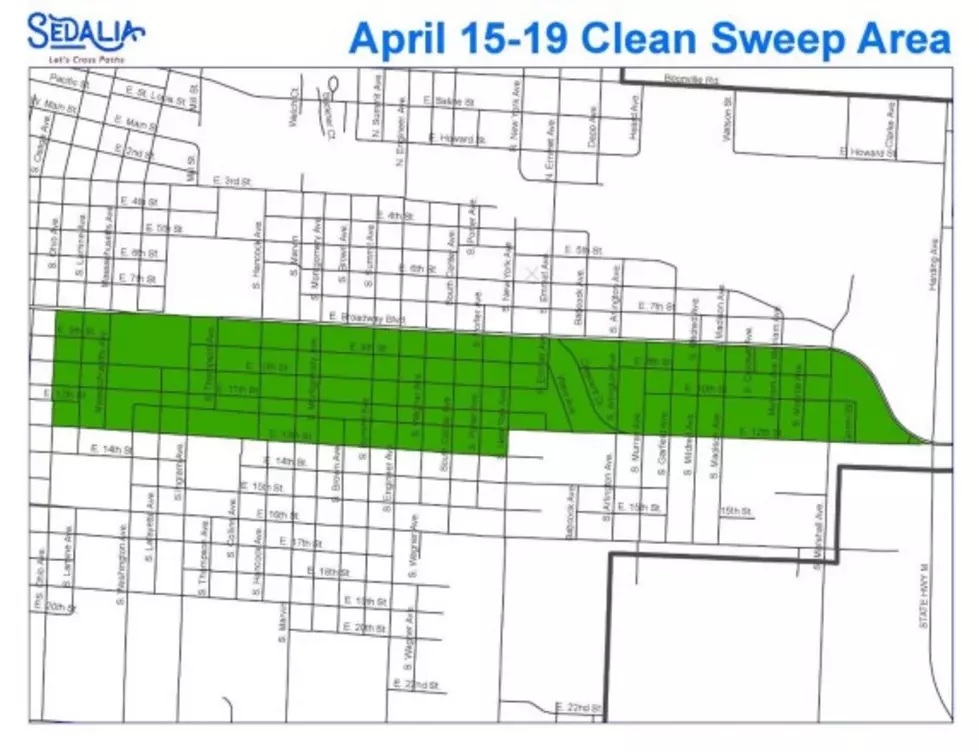
New Marker Commemorates Legacy of George Smith College
Sedalia City Council and the Historic Preservation Committee held an unveiling ceremony on East Pettis Street Wednesday afternoon to showcase a historical marker featuring the George R. Smith College.
The historically black college was in operation from 1894 until April 26, 1925, when it burned.
The college was built on land donated by the founder of Sedalia, George R. Smith, his daughters, Sarah Smith Cotton and Martha Elizabeth Martin.
The college graduated about 3,000 students, including Scott Joplin, John Wesley Donaldson, Myrtle Craig Mowbray and Dr. T. Manuel Smith.
The marker was a project of Second Ward Councilwoman Tina Boggess, who spoke with KSIS following the ceremony.
“I think it's wonderful, absolutely wonderful. As I said, my first term as Second Ward councilperson, that was one of the projects that I said I wanted to work on, was letting people know where (the college) was, and it was a huge college, it wasn't just a little small thing, it was a big thing. People from all over came, and as the marker says, there were dormitories, there were people who lived here as well,” Boggess said.
“The night that it burned, students were actually jumping out in their night clothes to get away from it,” she noted.

The clump of trees visible to the north of the marker today is where the historically black college once stood, Boggess said.
“You want to embrace the past, so you know where you come from, and you know where you're going. And it's just really important to me that our youth know what our foundation was, and who was in charge of that,” Boggess told KSIS.
The Second Ward councilwoman noted that millings used from City streets that are being reconstructed were used to make the blacktop driveway (entrance) to the marker. Plans call for enlarging the area to the east with a parking lot.
A half dozen young trees have been planted to the west of the marker to replace the dying trees in the area.
“We've got to take them out so they don't fall and harm somebody,” Boggess said of the dead and dying old trees.
Mayor Dawson, in his remarks, said that the successful unveiling of the marker “is a testimony to the collective power of education, community and the preservation of our local history.”
The landmark designation fulfills “Goal 7” of the Historic Preservation Plan for the City of Sedalia, contributing directly to the City's ongoing efforts to identify and commemorate important historical landmarks and neighborhoods, as well as celebrates the legacy of the George R. Smith College, according to a press release from the City.
Wednesday's ceremony was attended by numerous City officials, Sedalia Police and Sedalia Fire personnel, as well as members of the Pettis County chapter of the NAACP and Pettis County's Historic Preservation Committee.
Bishop Paul Jones gave the invocation at the start of the ceremony.
In the top photo: Second Ward Councilwoman Tina Boggess, left, and Community Development Director John Simmons, right, unveil a marker designating the site of the former George R. Smith College, which existed from 1894 to 1925.
Smith College marker
Gallery Credit: Randy Kirby
More From AM 1050 KSIS









